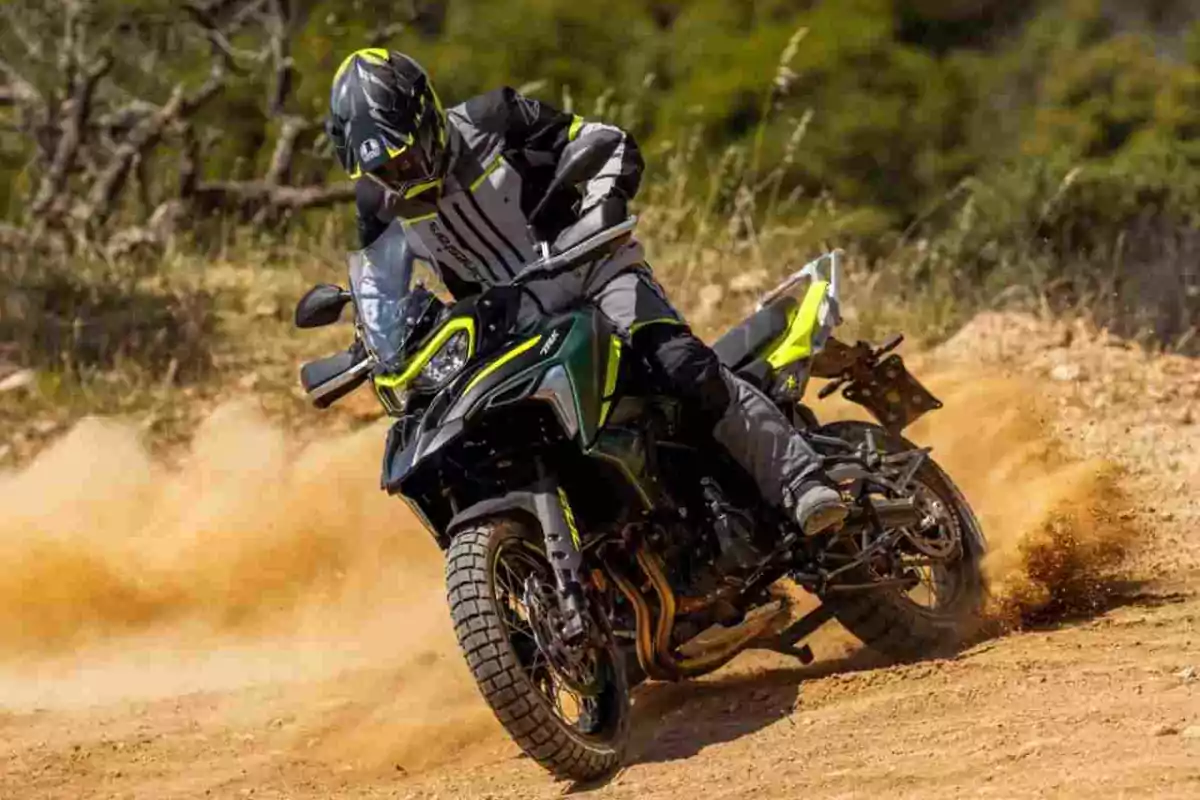
Have you ever wondered if you're wearing your motorcycle helmet correctly? You should
Wearing a motorcycle helmet properly is not a matter of aesthetics, but a principle of active and passive safety
There have been times when wearing a helmet was considered more of a "ticket-avoider" than a safety reasoning. Fortunately, that's now a thing of the past.
However, putting on the helmet and fastening it isn't, by itself, a guarantee that you're doing the right thing.
From the very first moment, when you put the helmet on your head, you should feel even contact between the edge of its interior and your skull. There shouldn't be areas that press too much, but also none with gaps that allow free movement.
This correct initial contact already anticipates the level of protection and comfort you're going to enjoy.
Pay attention to the right helmet size for you
With the strap fastened, the helmet shouldn't come off when you make sudden head movements or allow it to slide forward or backward. Likewise, the levels of movement—forward, backward, and sideways—should be controlled.

If there's too much slack, protection is reduced. On impact, the helmet can shift or even come off, exposing vital areas.
This happens especially if the size doesn't fit the circumference of your head. You should measure this over your forehead and the upper part of your neck, and it's best to choose the smaller size if you're between two. Not all brands size the same.
The elements that make up a motorcycle helmet
The fastening system is also key. A well-used, reliable, and sturdy double D-ring fastener is safer than a quick-release one with lower performance. However, the latter also serves its purpose.
In modular helmets, you need to make sure the chin guard fits precisely. The hinge should be well built, with no slack or misalignment from its track.
Inside the helmet, the shell provides structure, but the inner padding determines comfort and fit. Padding at the temples, cheeks, and forehead should adapt to your features and give slightly with use.

In fact, excessive pressure can be uncomfortable on long rides and distract you from driving.
Fastening it won't be enough. It's also required that it meets CE certifications and has a secure fastener. If the helmet is based on old certifications or doesn't include recent tests, it may not offer real guarantees.
Each motorcycle helmet for its purpose
Let's not forget the importance of choosing the right type of helmet for the use. An open-face helmet doesn't offer the same protection as a full-face one. The differences aren't just in the field of vision, but also in structure and impact resistance.
The recommendation is always to get the right level of protection for the environment and the motorcycle you ride.

For all these reasons, putting on the helmet properly means more than a simple gesture. It means making sure it fits, stays in place, fastens correctly, and is certified.
Testing it with maneuvers and checking how it feels for several minutes is the bare minimum. This way, you'll ensure that the most valuable part of your life is protected as it deserves.
More posts: